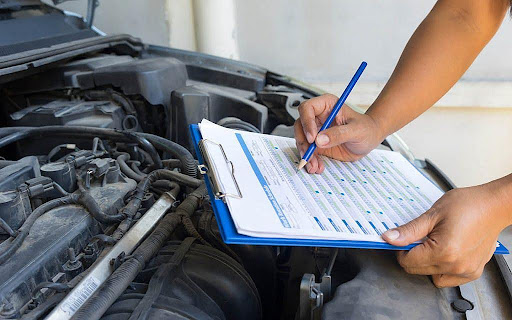Remapping or chip tuning is a popular process among car enthusiasts that aims to enhance the performance of a car engine. This process involves the modification of the engine’s electronic control unit (ECU) to optimize its settings and increase its power output. It’s a way to unlock the full potential of your car, making it faster and more efficient. However, remapping is a complex process that requires careful consideration of its potential effects on the car engine.
To ensure that your remapping is done correctly and safely, it’s important to choose the best remap company with a proven track record of quality remaps and customer satisfaction.
In this article, we will explore how remapping affects the overall performance of your car engine.
What is Remapping?
Before we dive into the details of how remapping affects engine performance, let’s first understand what remapping is. Remapping is the process of modifying the ECU of a car engine to improve its performance. The ECU controls the engine’s various parameters, such as fuel injection, ignition timing, and turbo boost pressure. Remapping modifies these parameters to optimize the engine’s performance and achieve better power and torque output.
Remapping is done by using specialized software that connects to the ECU through a diagnostic port. The software reads the existing settings in the ECU and makes changes to them according to the desired performance level. This process can be done by a professional tuner or a DIY enthusiast with a remapping tool and some technical knowledge.
The Science Behind Remapping
Remapping is based on the principles of engine tuning, which involves adjusting various parameters to optimize the engine’s performance. The ECU is the brain of the car engine, and it controls many of the engine’s critical functions, including fuel injection, ignition timing, and turbo boost pressure. By modifying these parameters, remapping can improve the engine’s performance and achieve better power and torque output.
The Benefits of Remapping
The primary benefit of remapping is the increase in power and torque output, which can make the car feel more responsive and agile. However, there are many other benefits of remapping, including improved acceleration and top speed, better fuel economy, and increased engine longevity. Remapping can also enhance the driving experience by providing smoother and more consistent power delivery.
Effects of Remapping on Engine Performance
Now let’s look at the various ways remapping can affect the performance of
your car engine:
- Power and Torque Output
One of the main reasons people opt for remapping is to increase the power and torque output of their car engine. Remapping can increase the power output by up to 30% and the torque output by up to 40%. This increase in power and torque is achieved by optimizing the fuel injection timing, ignition timing, and turbo boost pressure.
- Acceleration and Top Speed
With an increase in power and torque, the acceleration of the car will also improve. The car will be able to reach higher speeds quicker, making it feel more responsive and agile. Additionally, the top speed of the car may also increase due to the improved power output.
- Fuel Economy
Another benefit of remapping is that it can improve the fuel economy of the car engine. This may seem counterintuitive since increasing the power output typically requires more fuel, but remapping optimizes the fuel injection timing to improve combustion efficiency. As a result, the car engine can produce more power with less fuel consumption.
- Engine Longevity
Remapping can also have a positive effect on the longevity of the car engine. By optimizing the engine’s performance, remapping reduces stress on the engine components and can lead to a smoother and more efficient operation. This can result in less wear and tear on the engine, ultimately extending its lifespan.
- Potential Risks
While remapping can have many benefits, it’s important to consider the potential risks associated with this process. Remapping can cause the engine to run hotter than usual, putting additional stress on the engine components. This can lead to premature wear and tear, which can be costly to repair. Additionally, remapping can void the car’s warranty, which can be a significant financial risk.
Remapping vs. Aftermarket Upgrades
Remapping is not the only way to improve the performance of a car engine. Aftermarket upgrades, such as installing a cold air intake or a performance exhaust system, can also increase the power and torque output. However, remapping is often considered the most effective and efficient way to achieve significant performance gains. It’s worth considering the cost and potential risks of aftermarket upgrades compared to remapping.
Conclusion
Remapping is a popular way to increase the performance of a car engine. It can improve the power and torque output, acceleration, top speed, fuel economy, and engine longevity. However, it’s important to carefully consider the potential risks associated with remappings, such as increased engine stress and voided warranties. If you’re considering remapping your car engine, it’s best to consult with a professional tuner to ensure that the process is done correctly and safely.


